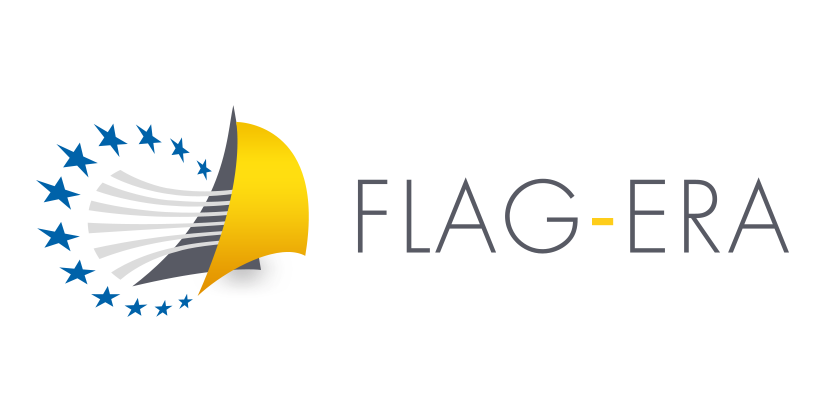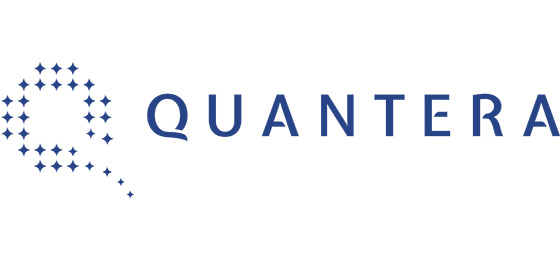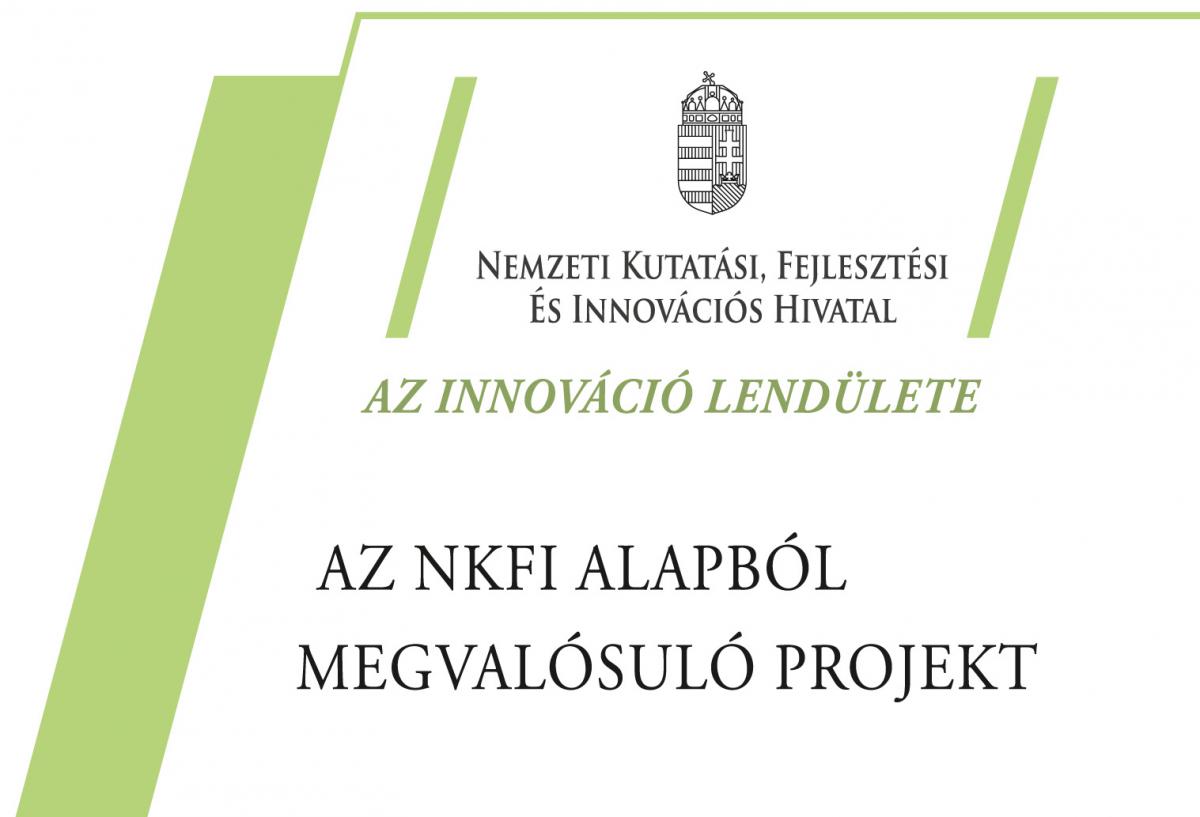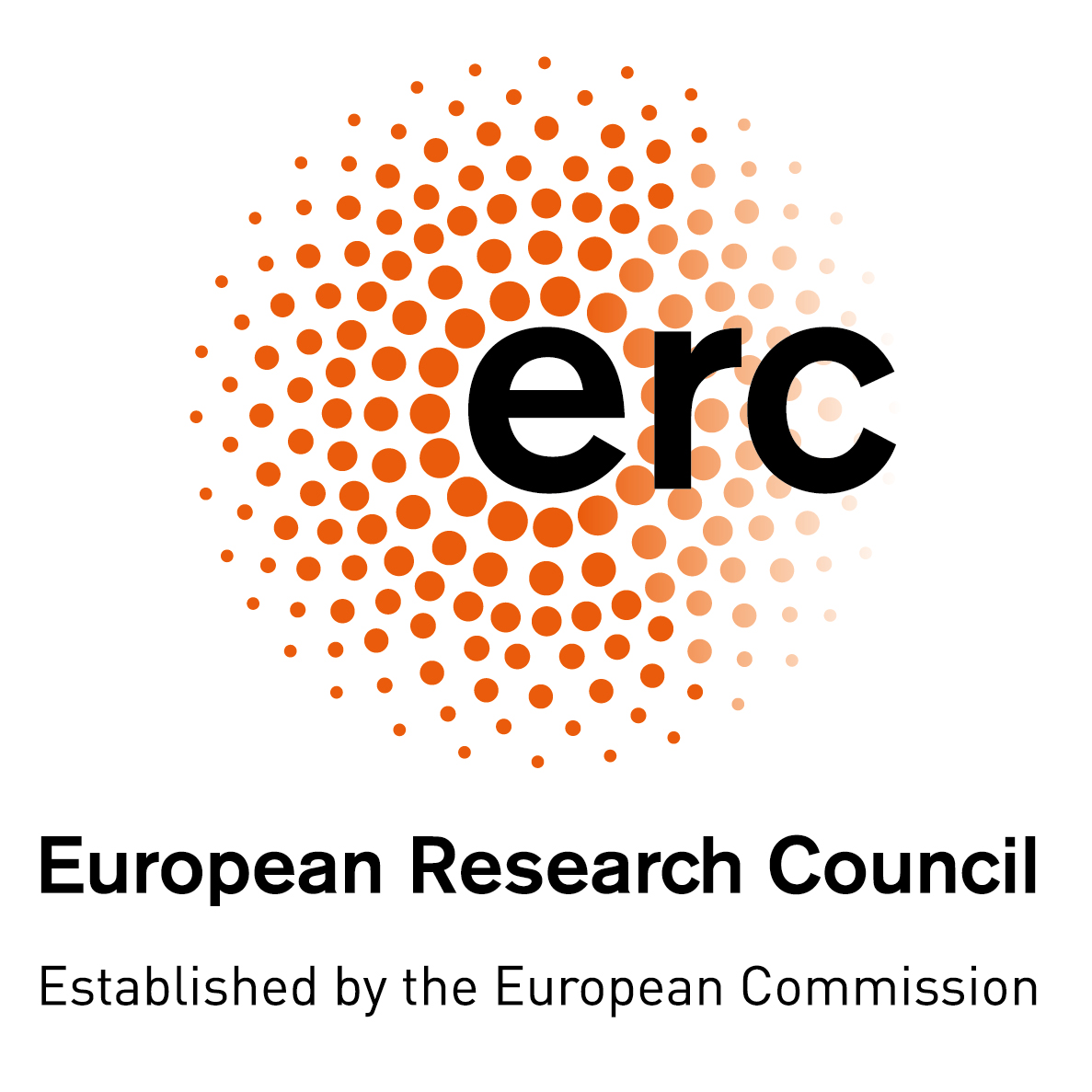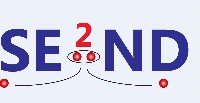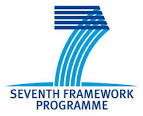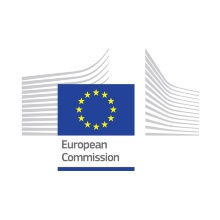 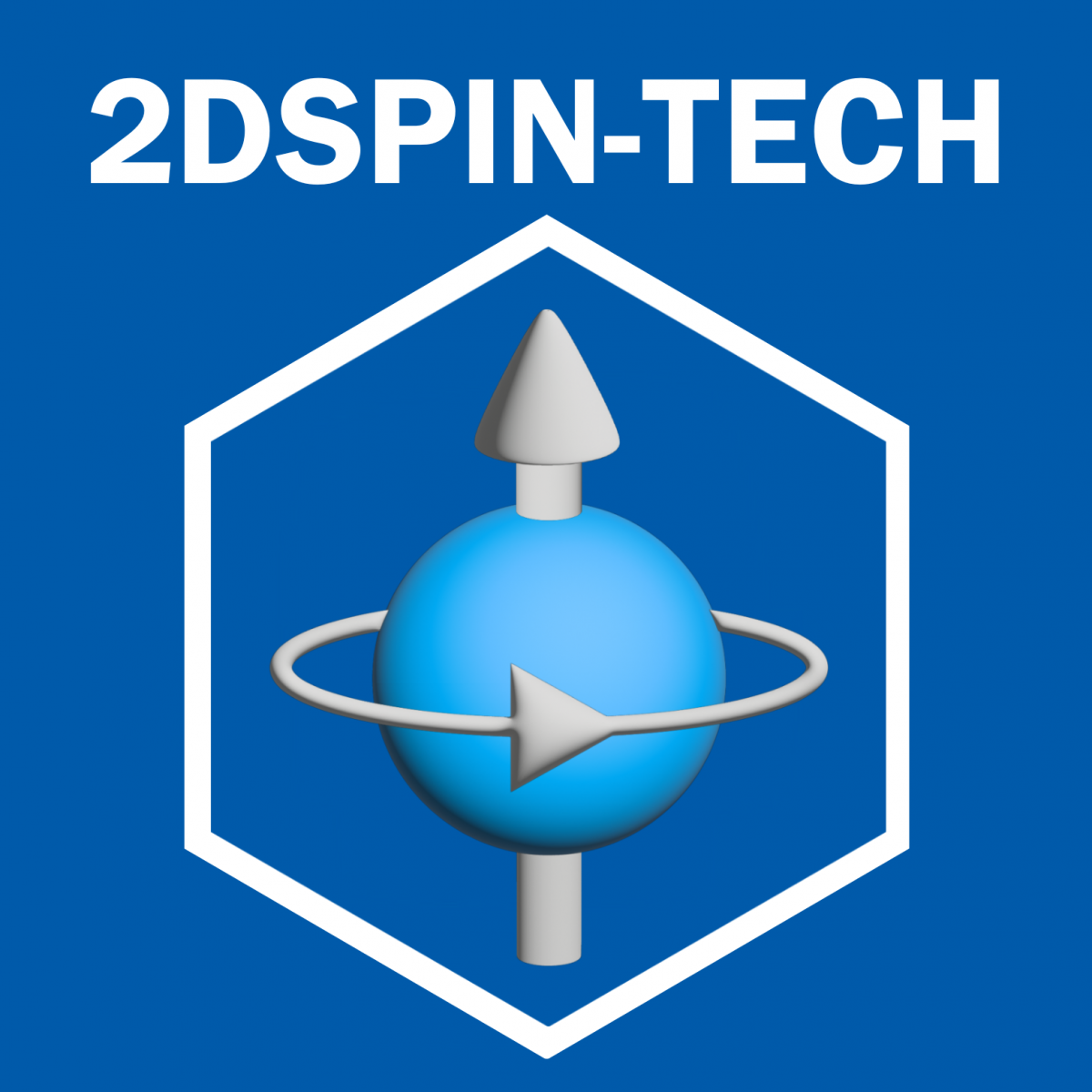 |
2D Heterostructure Non-volatile Spin Memory Technology We will employ novel methods to control their SOT properties – by the twist angle between the layers, topological aspects, crystal symmetries, proximity interaction, and strong electric field effects. To achieve this challenging goal, this project brings together pioneering and world-leading experimental and theoretical researchers and a company in the field of spintronics and 2D materials in Europe.
Start: 2023 Dec.
|
 |
Quantum bits with Kitaev Transmons FET-Challenge project
We plan to engineer topologically protected qubits by creating arrays of quantum dots with superconducting coupling (the so called Kitaev chain) in two-dimensional electron gases (2DEGs). Embedding the Kitaev chain in a transmon architecture will allow us to perform single-qubit and two-qubit operations using well-established control-techniques from the field of superconducting qubits.
Start: 2023 October
Hosted at EK-MFA |
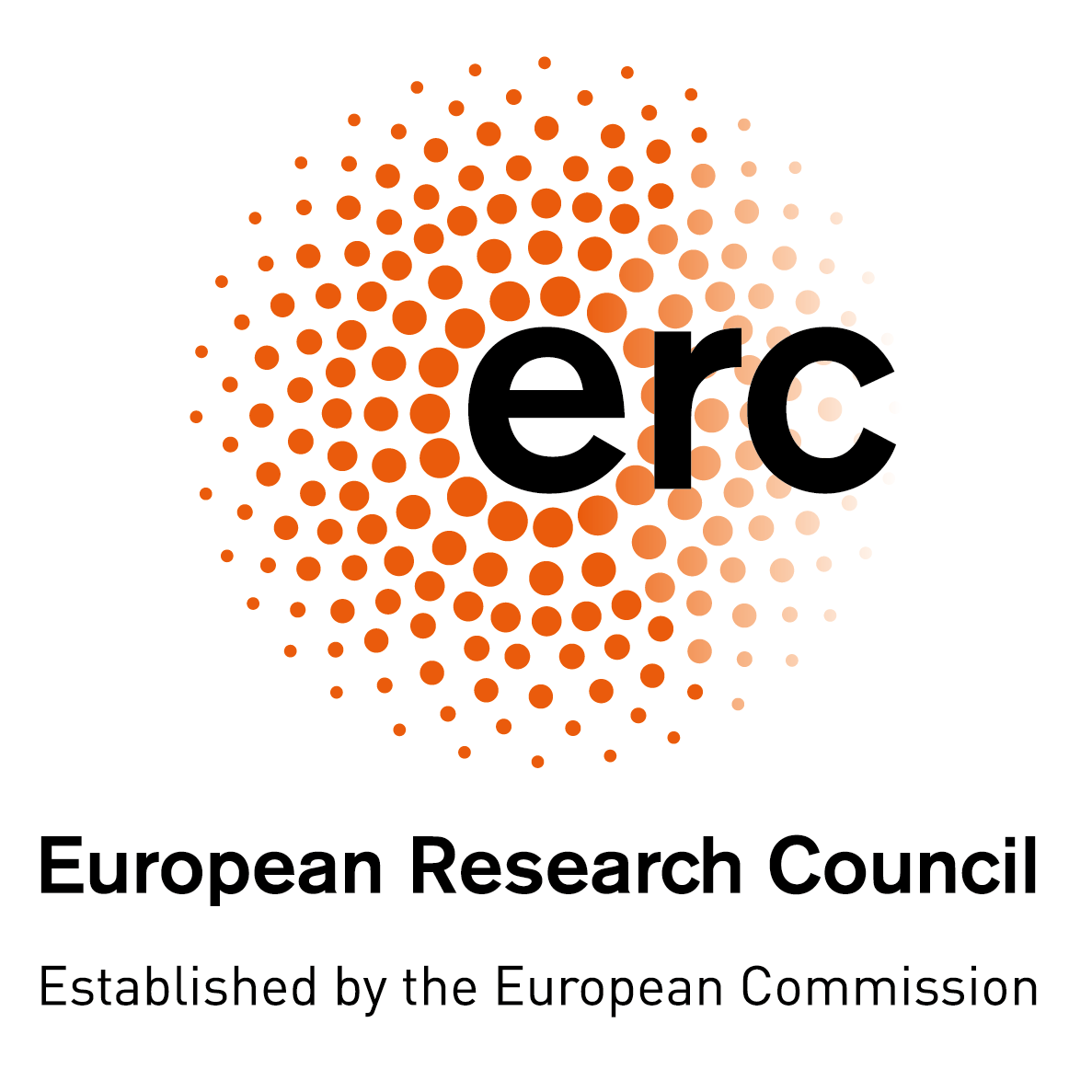 |
Twistrain ERC project Straintronic control of correlations in twisted van der Waals heterostructures
In this project we will use hydrostatic pressure and
Start: 2023. Sept |
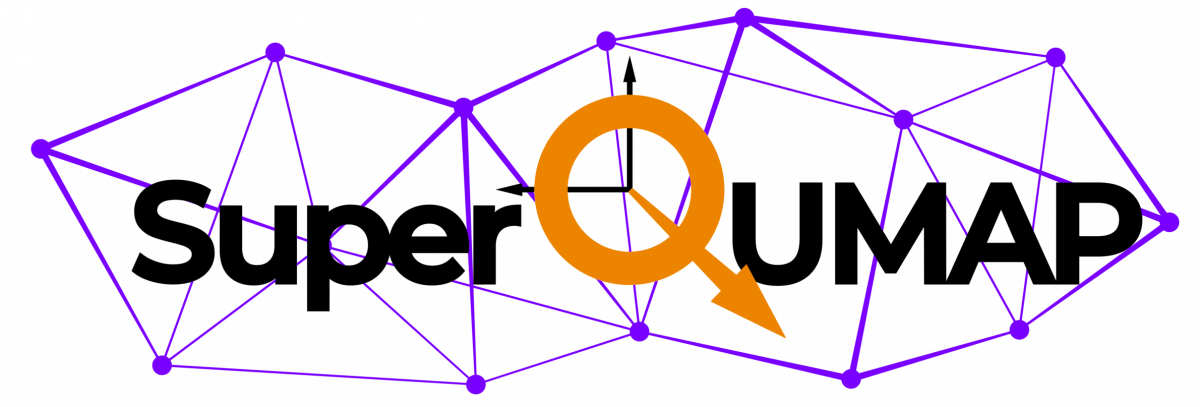 |
Superconducting Nanodevices and Quantum Materials for Coherent Manipulation
The challenge addressed by SUPERQUMAP is to harness the results obtained recently in superconductivity and build a collaborative effort to provide radically new approaches to superconducting based quantum devices.
Start: 2022. Oct |
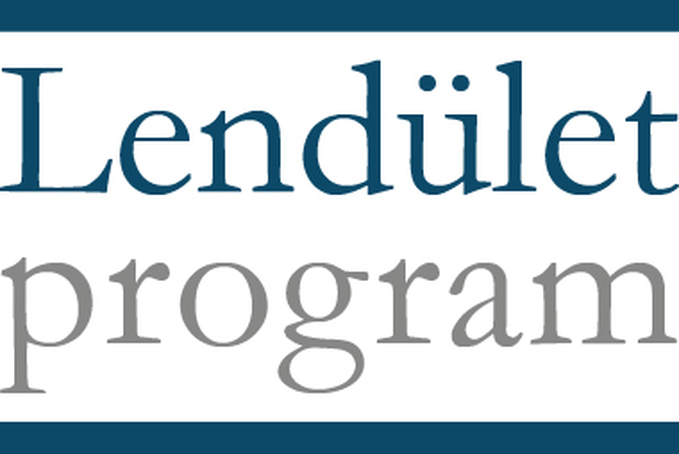 |
Superconducting Nanoelectronics Momementum Group Momentum Research Grant The goal of this proposal is to engineer superconducting nanodevices based onstate‐of‐the‐art nanostructures which have an exotic non‐trivial topological character. Our research program focuses on central problems of topological superconductivity in 1D and 2D hybrid systems.
Start: 2022 Sept |
 |
Correlated van der Waals Structures Momentum Research Group.
Momentum Research Grant
The momentum research group investigates the tuning of proximity effects in graphene/TMD heterostructures, topological and correlated 2D materials using pressure, strain and gating. The studies also include twisted structures where exciting Chern phases appear. Start: 2021 Sept |
|
|
FET Open project
The SuperGate research programme aims at developing and delivering a prototype of superconducting logics with performance comparable or better than that of any exisisting state-of-the-art superconducting logics in terms of switching speed and energy dissipation, but superior in terms of scalability, interfacing with CMOS circuits and stability against magnetic perturbation. Start: 2021 March |
|
|
Quantum information national laboratory
The Quantum Information National Laboratory boosts the research and development activity of the Hungarian scientific community within the unfolding second quantum revolution which aims at the exploitation of the enormous advancements in our ability to detect and manipulate single quanta for new kinds of applications. Start: 2020 Summer |
 |
Andreev Qubit (ANDQC)
FET Open project
Our project investigates the Andreev Qubits formed by the Andreev bound states between two superconducting electrodes. If strong spin orbit is present the odd sector can also host the Andreev Spin Qubit. The projects investigates the relaxation, decoherence and coupling of these qubits. |
|
|
Our project takes advantage of the chemical programmability of (macro)molecules to engineer the physical and chemical properties of layered magnetic materials, enabling the precise tuning of their magnetic properties and the demonstration of opto-spintronic devices with new functionalities. |
|
|
2DSOTECH - 2Dimensional van der Waals Spin-Orbit Torque Technology Engineering two-dimensional (2D) material van der Waals heterostructures by combining the best of different functional constituents can offer a plethora of opportunities in nanoelectronics. This project will integrate 2D magnets and spin orbit materials with engineered interfaces to establish exceptionally efficient spin orbit torque (SOT) switching functionalities in all-2D materials platforms.
Start: April, 2022 |
Finished projects
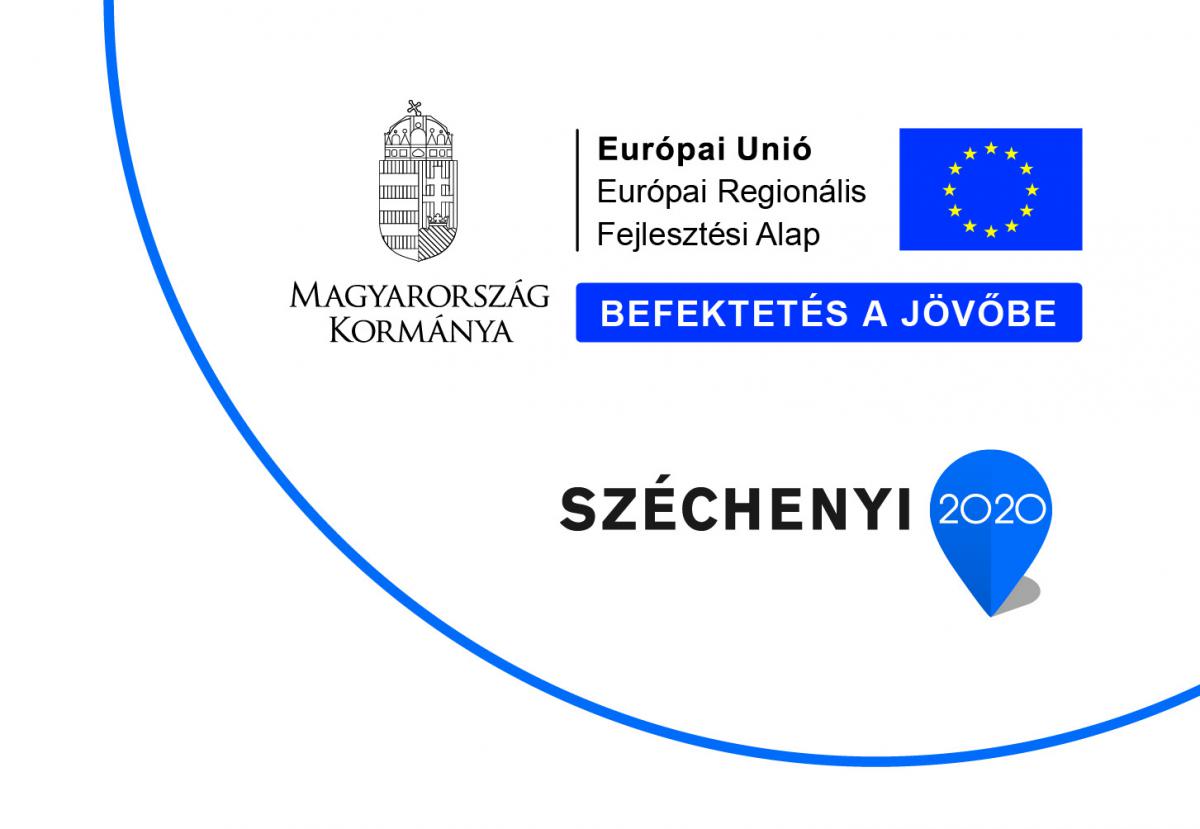 |
Helium liquifier
VEKOP-2.3.3-15-2017-00015 |
 |
Spin Physics in Low Dimensional Nanostructures - Nanoelectronics Momentum Group
Momentum Research Grant
The Momentum Research group investigate spintronics devices in low dimensional materials. During the project we develop efficient spin injection, detection and manipulation in 1 and 2D heterostructures. Moreover, at these low dimensions exotic spin orders arise and spin-orbit interactions can lead to exotic states of matter. Start: 2017 Sept |
 |
Nanoscale Coherent Hybrid Devices for Superconducting Quantum Technologies (NanoCoHybri)
Cost project
Superconducting technologies are prime candidates to ripen quantum effects into devices and applications. The accumulated knowledge in decades of work in understanding superconductivity allows scientists now to make experiments by design, controlling relevant parameters in devices. A new field is emerging whose final objective is to improve appliances taking advantage of quantum effects, be it for dissipationless transport of current, generation of high magnetic fields, sensors or quantum information. Quantum behavior is controlled by using hybrids of superconductors with magnets, insulators, semiconductors or normal metals. The field will impact crucial areas for societal development, including energy, transport, medicine or computation. Start: 2017 November |
|
|
Topologically protected states in double nanowire superconductor hybrids (SuperTop)
QuantERA project
Our project project targets the realization of Majorana and parafermion bound states in double nanowire structures coupled to superconducting electrodes. The exotic excitations formed in these structures could be basic building blocks for future topological quantum computation. Start: 2018 May |
|
|
Engineering Topological Superconductivity in Graphene (TopoGraph)
FlagERA project
Our project investigates how topological superconductivity can be induced in graphene based van der Waals heterostructures. Majorana bound states formed in these structures could be basic building blocks for future topological quantum computation. Start: 2018 April |
|
|
National Quantum Technology ProgramThe HunQuTech consortium constitutes a critical mass of outstanding Hungarian research groups, allowing the Hungarian research and development community to take part in the explosive development of quantum technologies. We are developing laboratories where we can isolate and control quantum objects: atoms, photons, electrons, nuclear spins, according to the laws of quantum mechanics. We develop tools to store and send quantum bits, the units of quantum information, to create quantum entangled pairs, and to develop quantum secure communication channels. Start: 2017 Nov |
|
|
Induced Spin Textures in van der Waals Heterostructures (iSpinText)
FlagERA project
Our project investigates novel 2D materials and their combination with graphene. The goal is to engineer and address novel spin-based states - induce spin textures - either by induced spin-orbit interactions, induced magnetic ordering or using metallic superstructures.
Start: 2016 April Finish: 2019 March |
|
|
Cooper pairs as a source of entanglement (CooPairEnt)
ERC starting grant
Start: 2011 Feb Finish: 2016 Oct |
|
|
Source of Electron Entanglement in Nano Devices (SE2ND)
FET-OPEN project
Start: 2011 Aug Finish: 2015 Jan
|


